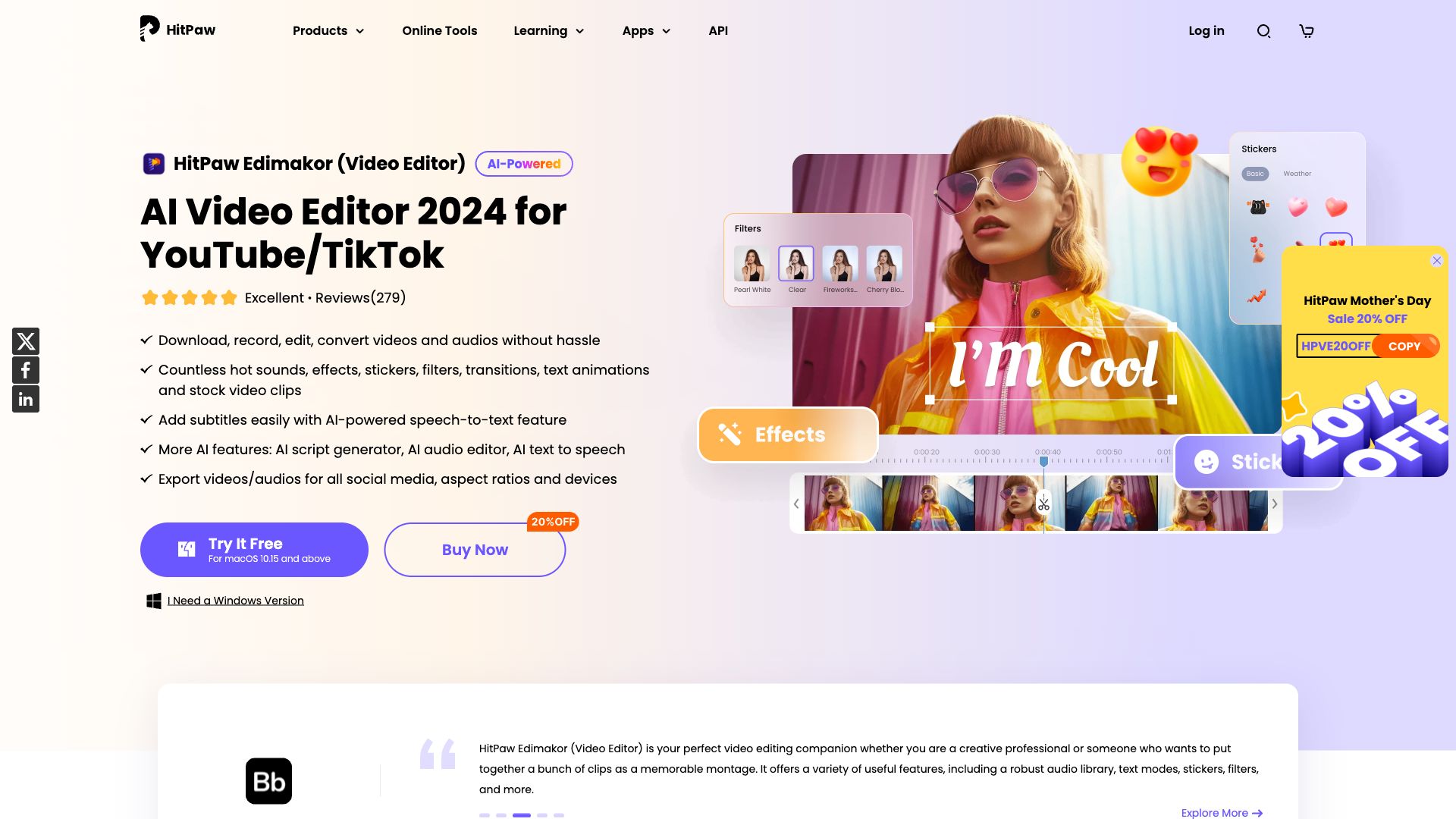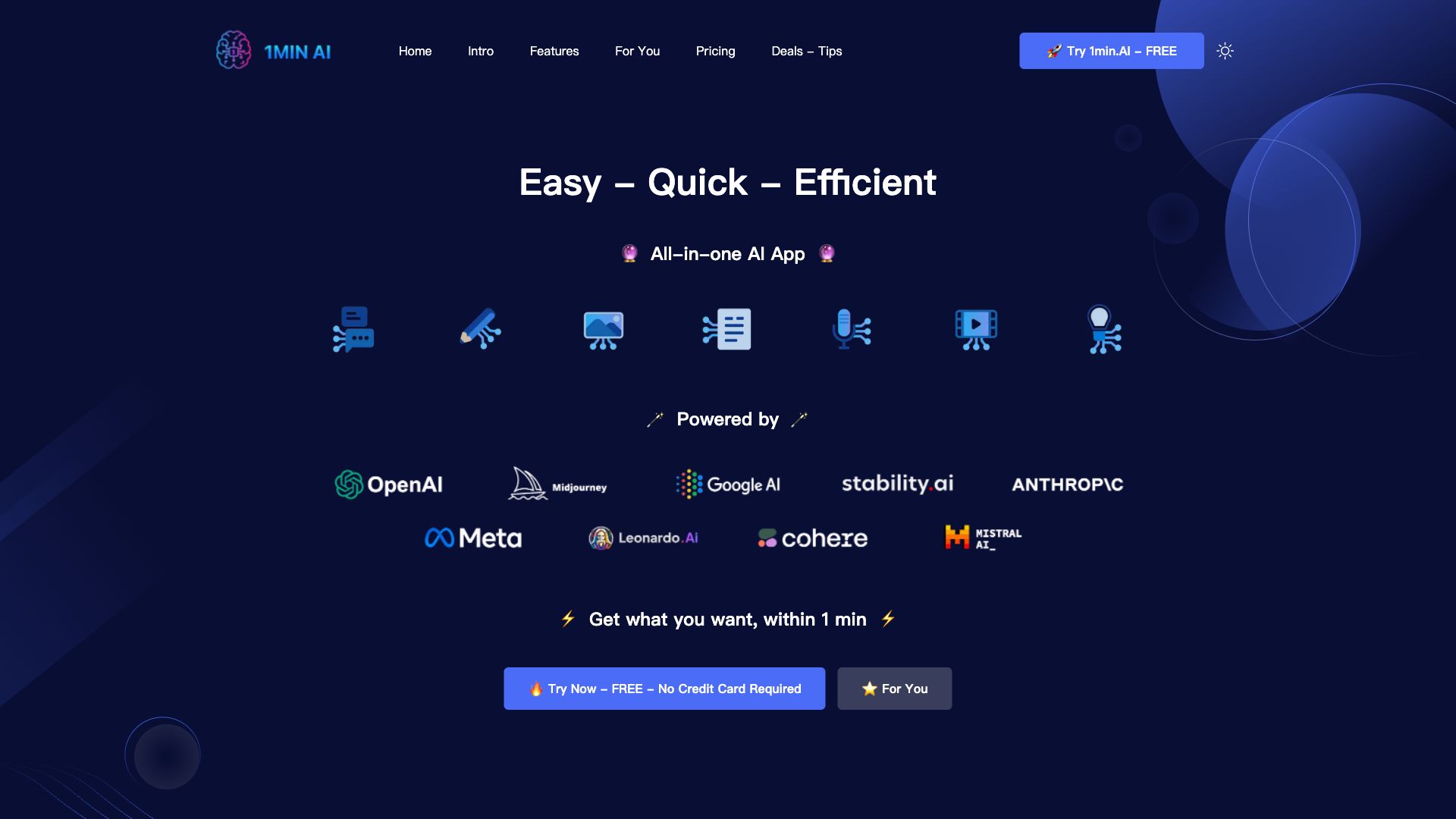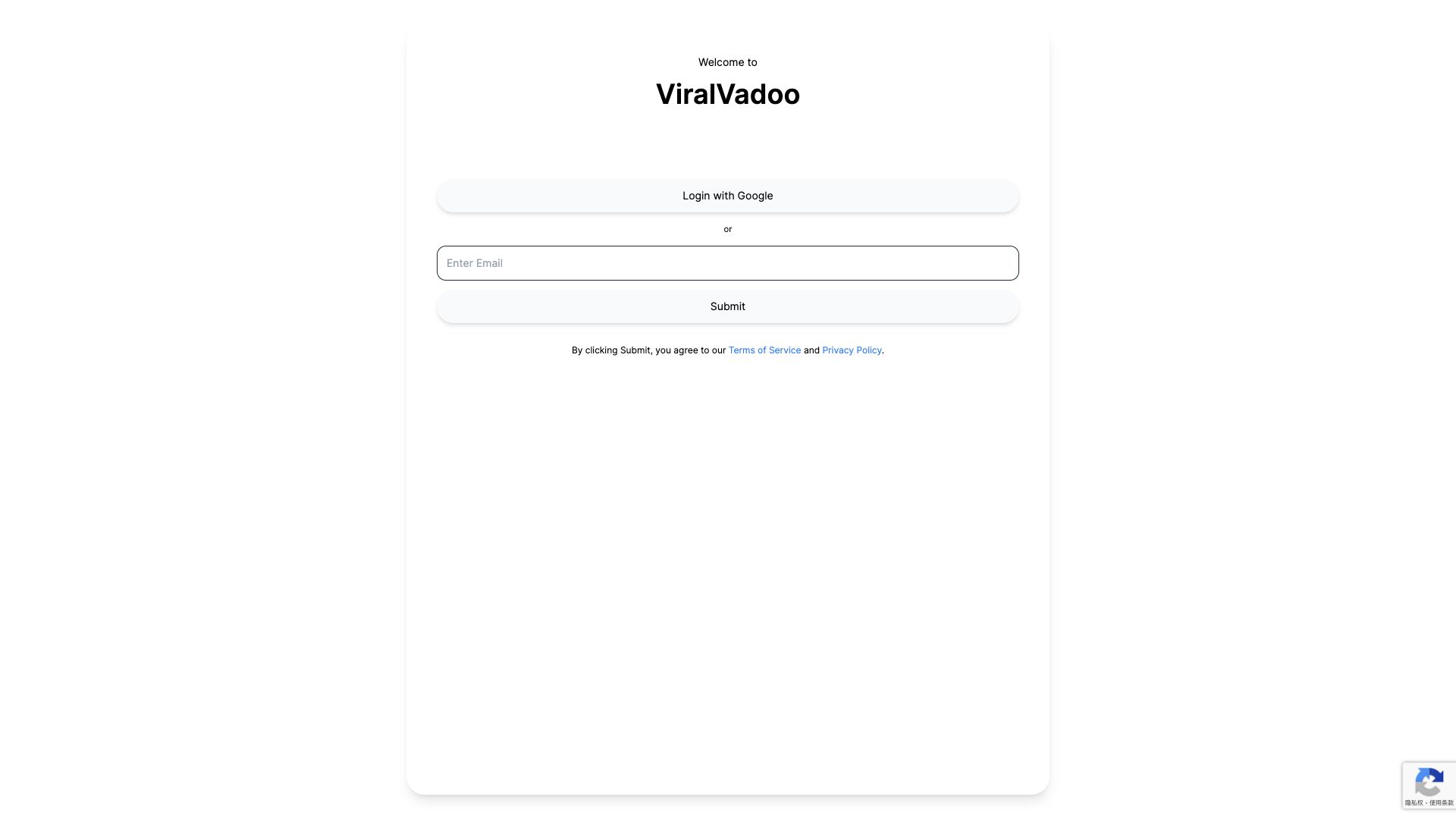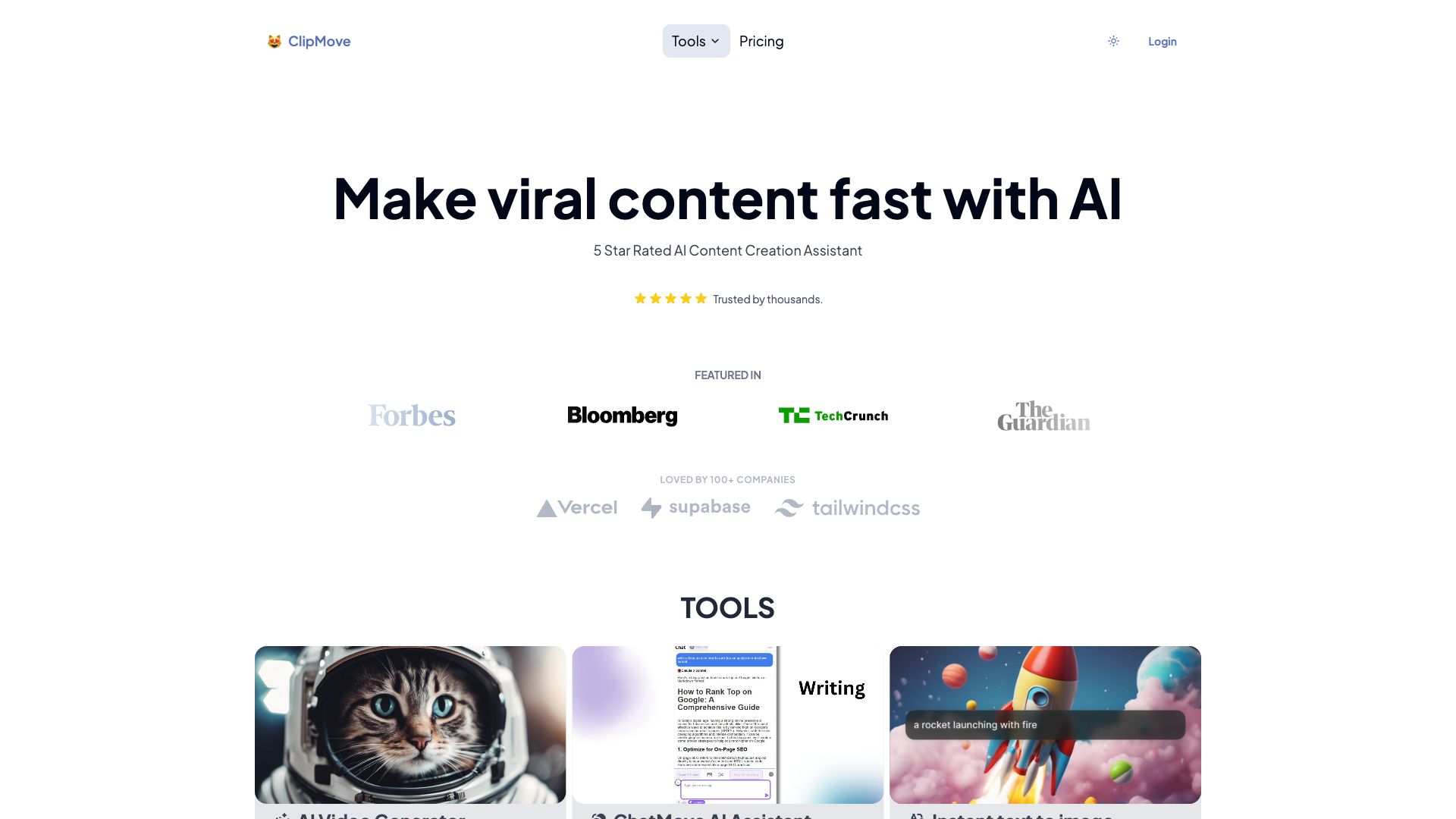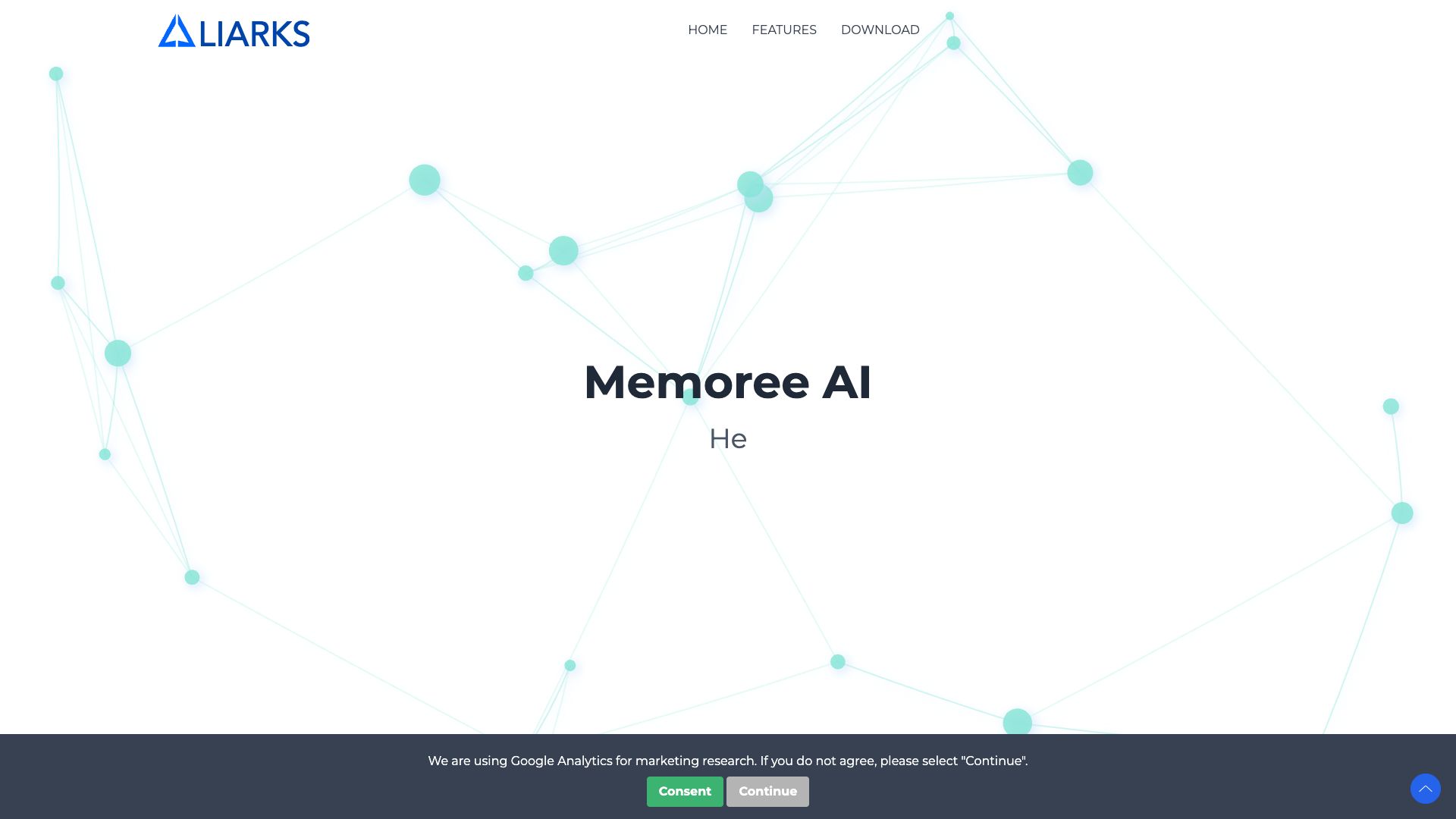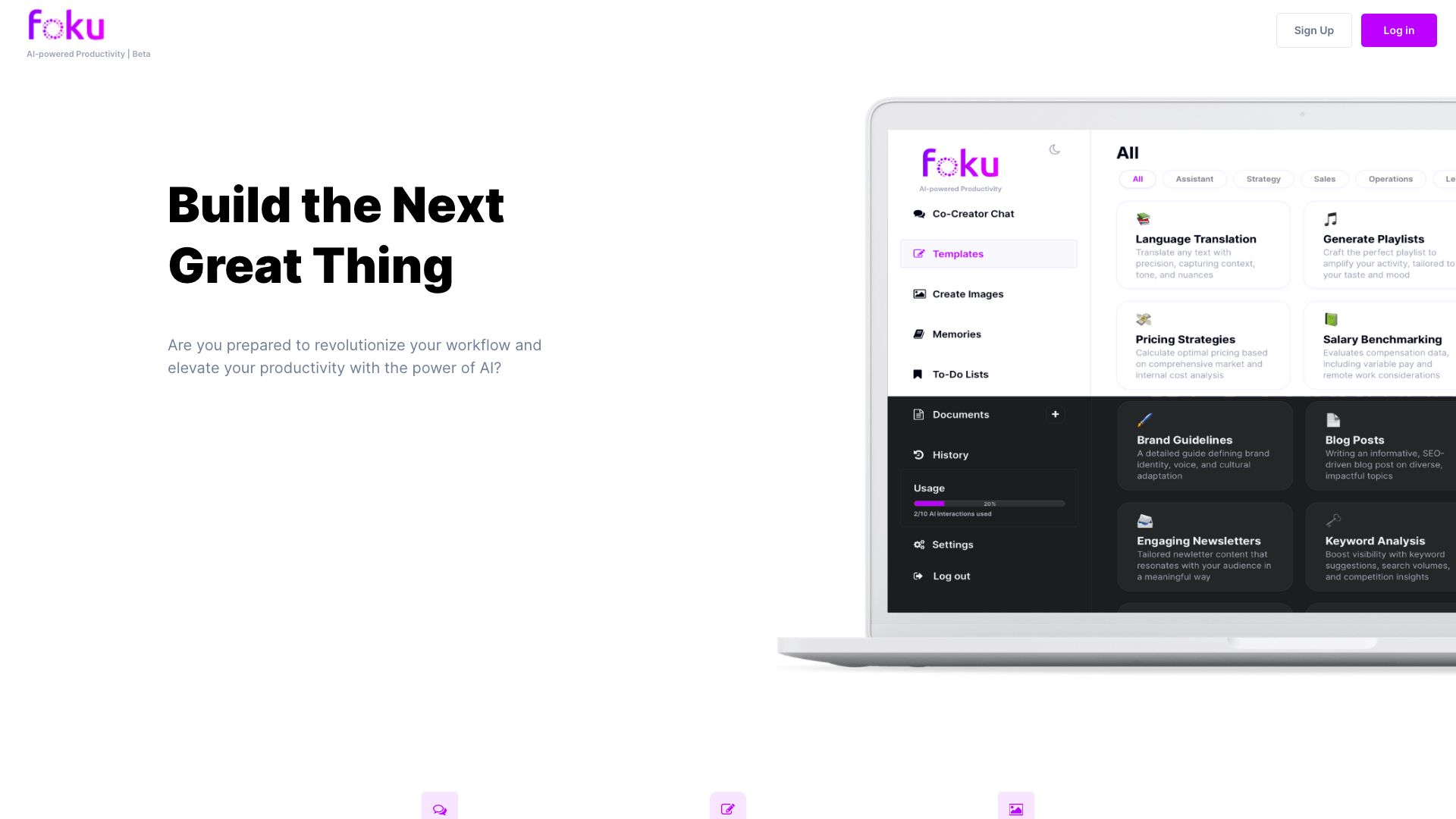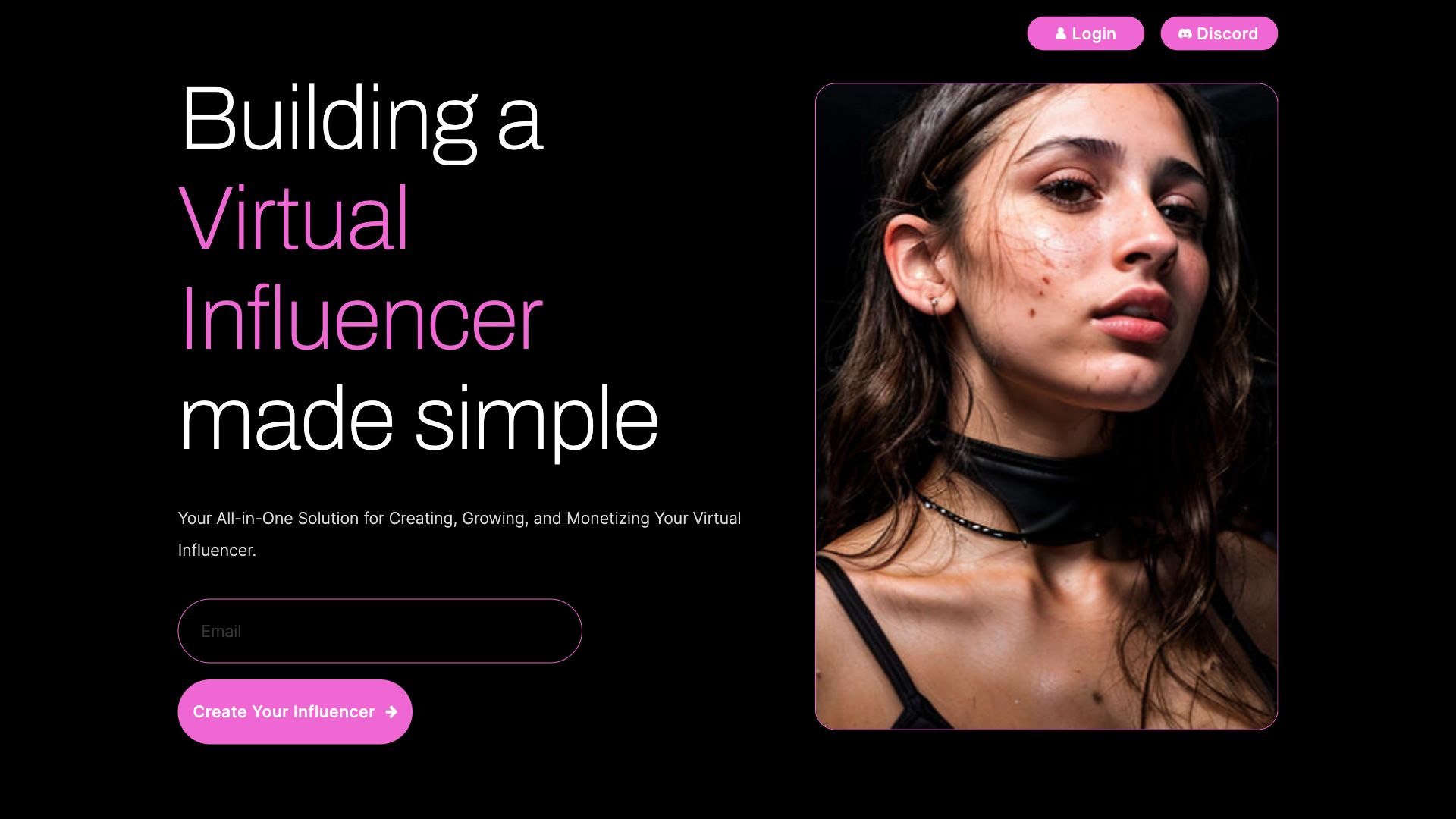Awesome Text to Video Tools in 2024
Discover the awesome 8 AI tools for 2024 By Candytools
Welcome to Let's Trip, your personal AI-powered travel planner! Our platform creates unforgettable itineraries, ensuring your next vacation is truly one of a kind.
HitPaw Edimakor is a powerful and advanced AI video editor aiming to help you edit videos in an easy and creative way. Try it to create professional videos!
Unlock the power of AI for all your creative needs. Our free all-in-one platform empowers you with AI tools for text, writing, image, audio, and video.
Generate captions for your shorts
Make viral content fast with AI
Your Intelligent Personal Assistant
Foku AI uses generative AI technology to create high-quality videos in minutes. Effortlessly produce professional videos with AI avatars, synthetic voices, and more. Start your free trial!
Synthlife allows you to quickly and easily create high-quality AI videos with realistic digital avatars. Perfect for marketing, education, and more!
More AI Tools Categories
What is Text to Video?
"Text to video" refers to the process of generating a video based on text input. It's like having an AI filmmaker that can translate your words into moving images. This technology utilizes artificial intelligence, particularly Natural Language Processing (NLP) and computer vision, to understand the meaning of the text and create relevant visuals.
Here's how it works:
- Text Input: You provide the AI with written content, which could be a script, a story, a description of a scene, or even just a few keywords.
- AI Comprehension: The AI uses NLP to analyze the text, identifying key elements like characters, actions, settings, and emotions.
- Visual Representation: The AI then matches these elements with relevant visuals. This could involve:
- Selecting from a library of stock footage and images: The AI chooses clips and images that best represent the text's meaning.
- Generating visuals from scratch using AI models: Tools like DALL-E 2 or Stable Diffusion can create unique images and animations based on the text.
- Applying visual effects and animations: The AI can add effects, transitions, and animations to enhance the video and create a dynamic viewing experience.
- Video Output: The AI assembles the selected or generated visuals into a coherent video sequence, often complete with music and sound effects.
Use Cases of Text to Video:
- Content Creation: Quickly create videos for social media, websites, presentations, explainer videos, and more.
- Storyboarding and Visualization: Bring ideas to life visually for filmmakers, advertisers, and content creators.
- Accessibility: Generate videos with captions and visuals to make information more accessible to people with disabilities.
- Education and Training: Create engaging educational videos based on textual learning materials.
Advantages of Text to Video:
- Efficiency: Significantly speeds up the video creation process.
- Ease of Use: Requires no video editing skills or technical expertise.
- Cost-Effective: Can be more affordable than traditional video production.
- Creativity: Opens up new possibilities for visual storytelling and communication.
Limitations:
- Quality Variance: The quality of generated videos depends heavily on the AI model and the input text.
- Limited Customization: While some tools offer customization options, there might be constraints on the level of creative control.
- Ethical Considerations: As with any AI technology, it's essential to be mindful of potential biases and ensure responsible use.
Text to video is a rapidly evolving field with the potential to revolutionize video creation. As AI models become more sophisticated, we can expect even more realistic, customizable, and creative videos generated directly from our words.

